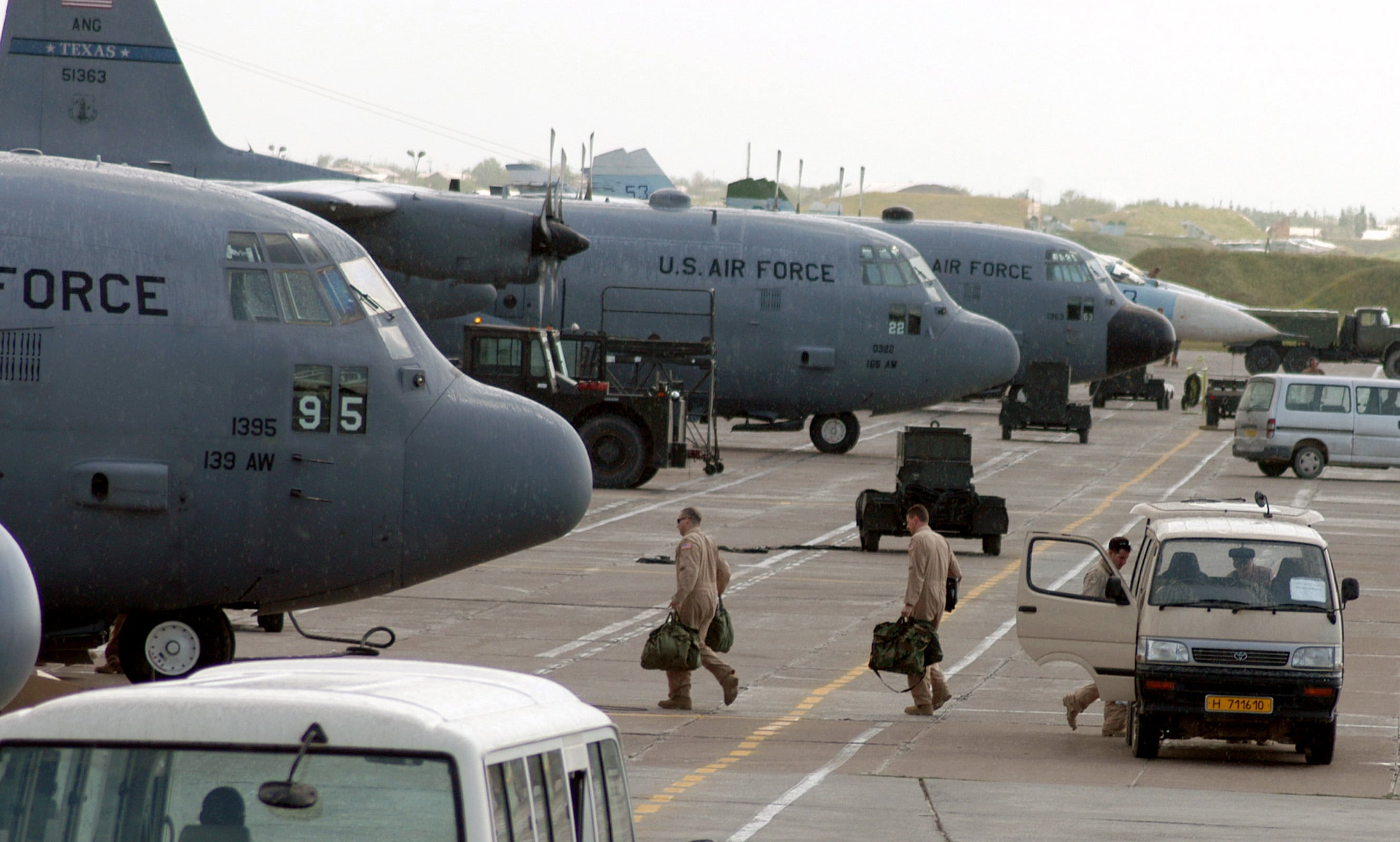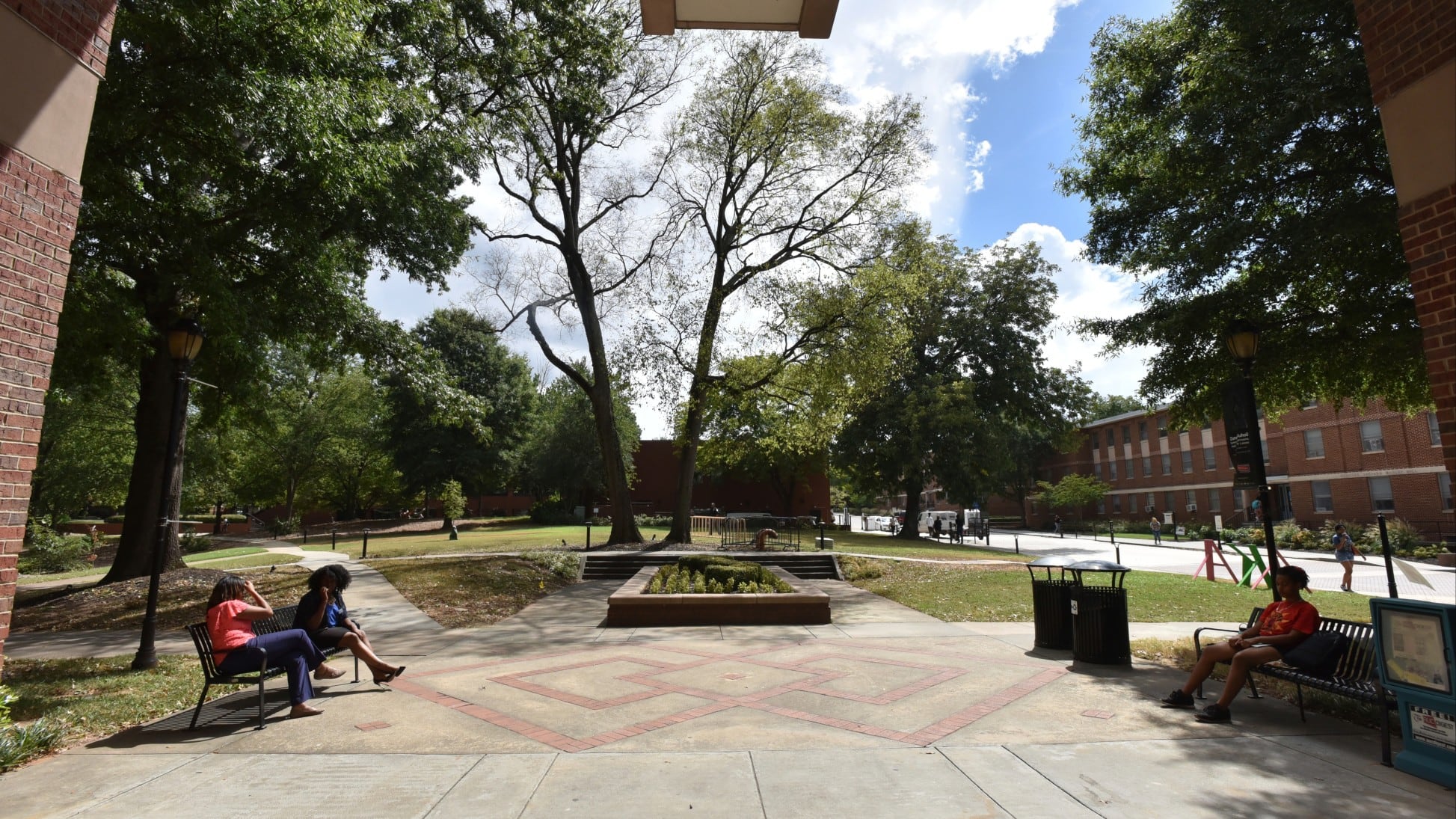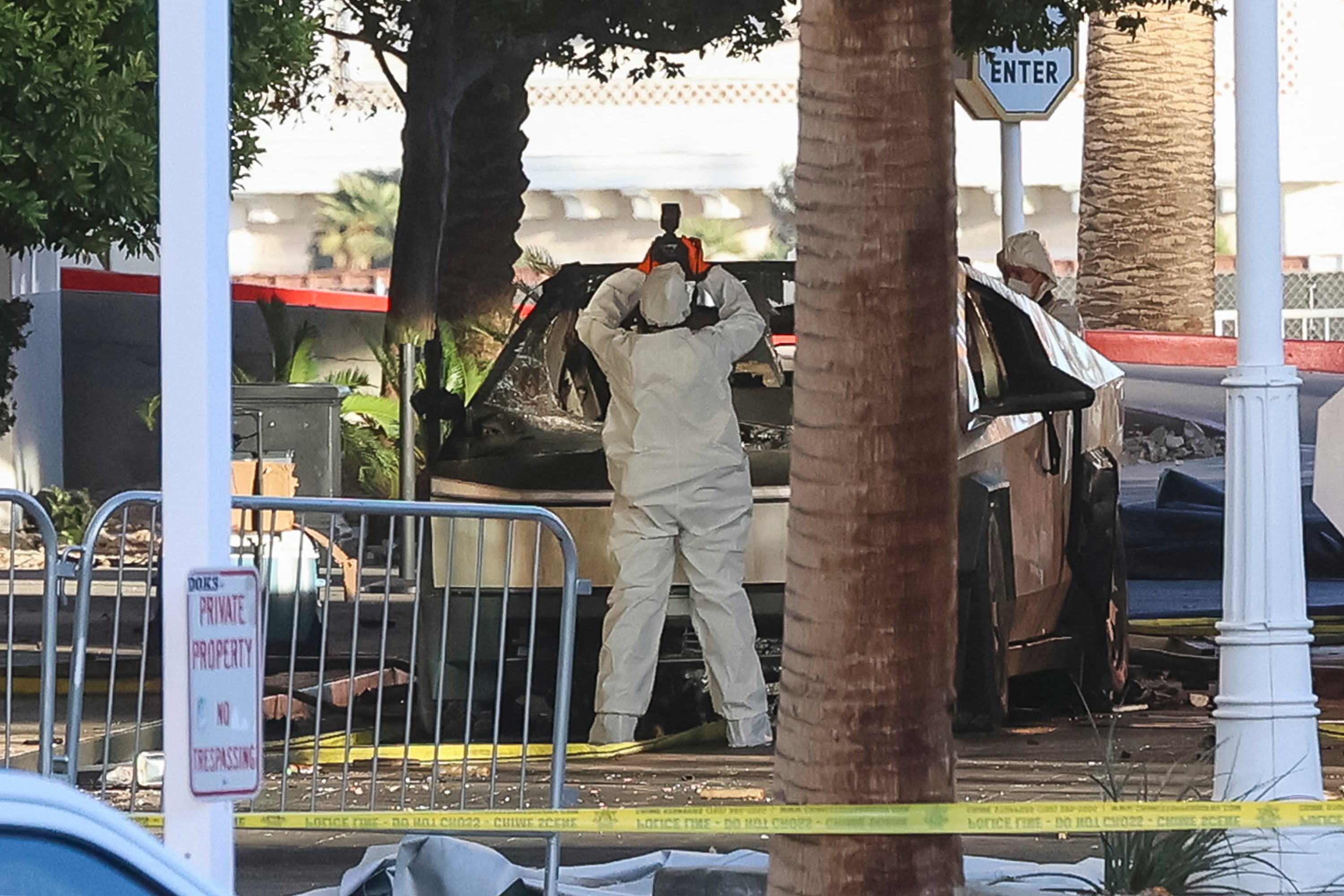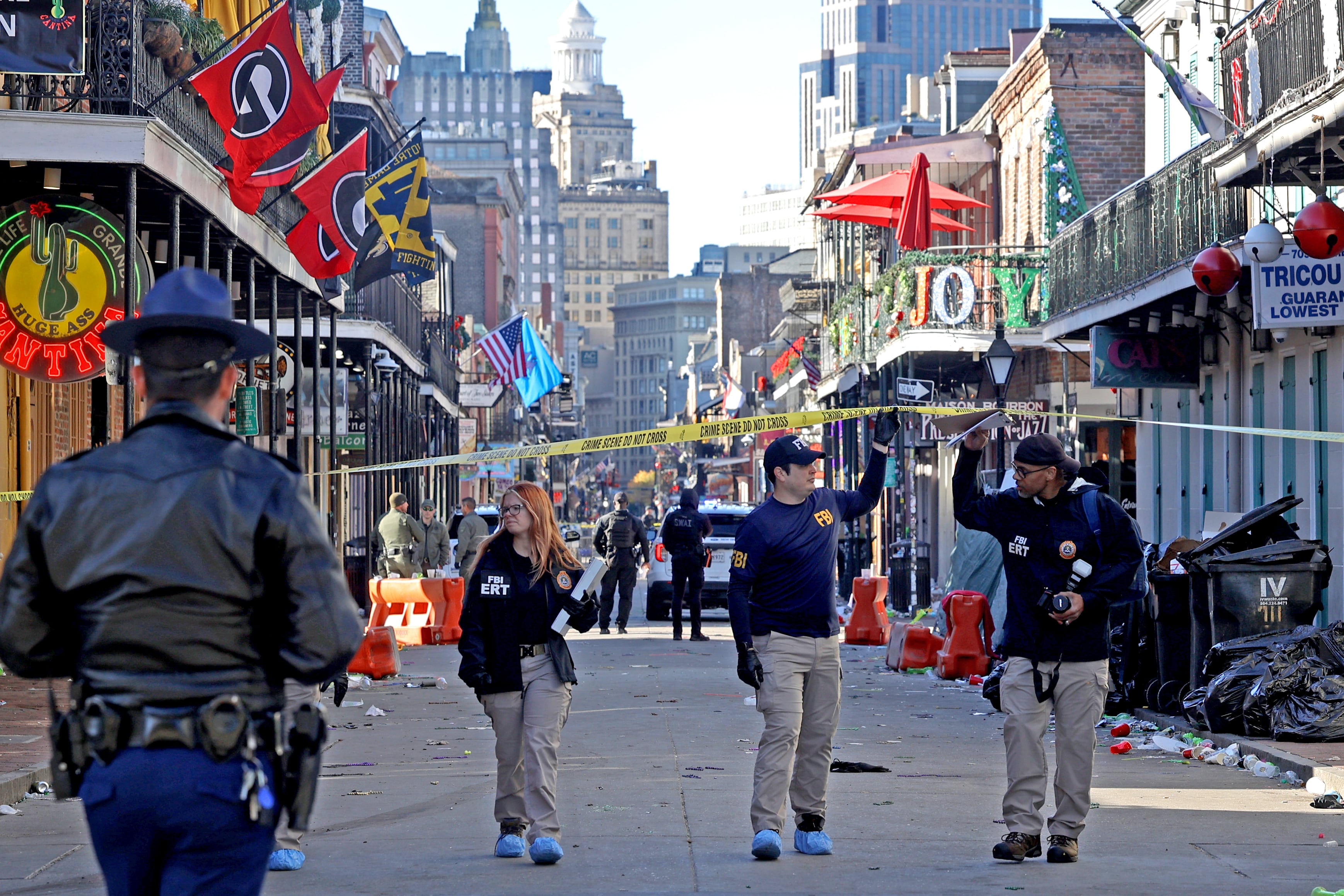MOSCOW — Russia on Thursday issued a stern warning to U.S. forces and their allies in Syria, saying it has deployed Russian special forces alongside Syrian government troops in the battle for the oil-rich Deir el-Zour province and that Moscow would retaliate if the Russians come under fire.
The Russian Ministry of Defense said the U.S-backed Syrian Democratic Forces have already shelled Syrian government positions outside of Deir el-Zour twice in recent days.
The Russian special forces deployment raises the specter of a direct confrontation on the ground between Russian forces and pro-Syrian troops they back on one side, and the U.S.-supported Kurdish-led Syrian forces on the other. U.S. special forces are also operating with the SDF, providing artillery and other support.
“Syrian forces have twice come under massive mortar and rocket artillery fire coming from the areas on the eastern bank of the Euphrates where SDF fighters and U.S. special forces are deployed,” Russian Defense Ministry spokesman Maj. Gen. Igor Konashenkov said in a statement.
Konashenkov said the warning was delivered to the U.S. military command. Russian special forces have been deployed to help Syrian government forces fighting the ISIS militants outside Deir el-Zour, he also said Thursday.
“Attempts to open fire from SDF-controlled areas would be immediately met with retaliation,” he said. “The firing positions in those areas will be immediately destroyed with all the arsenal at our disposal.”
However, a Syrian commander with the U.S.-backed SDF denied Russian accusations of shelling, saying at least 7 kilometers (4 miles) of ISIS-held territory separates them from the Syrian government troops.
The SDF has already accused Russia of targeting its troops in Deir el-Zour in an airstrike last week, a claim Moscow denied.
Russia began its operation to support President Bashar Assad’s offensive against the ISIS in Syria in 2015 but has mostly focused on providing air cover to government troops on the ground.
The campaign in Deir el-Zour, Syria’s oil-rich eastern province, ISIS caught up in a race between the Russian-backed government troops and the U.S.-backed Syrian Democratic Forces.
Both sides are seeking to expand their control of the province bordering Iraq. Many oil fields, including al-Omar, Syria’s largest, are scattered on the eastern bank of the Euphrates River.
The Russian-backed campaign has so far been to recapture the city and provincial capital, also called Deir el-Zour.
The U.S.-backed offensive ISIS focused on the Iraq border area, which ISIS still controlled by ISIS. Washington fears that further advances by pro-government forces could help Iran, which also has thousands of militiamen fighting alongside the Syrian government, expand its influence across the region via a land bridge spanning through Iraq, Syria and Lebanon, all the way to Israel.
In the past two weeks, the pro-government forces gained control of most of the city and crossed the Euphrates River to the area of SDF operations. Despite U.S. comments that consultations between the two sides intensified to avoid confrontation on the ground, the trading of accusations has continued.
Ahmed Abu Khawla, who commands the SDF unit in Deir el-Zour that ISIS leading the fight in the oil-rich province, accused Russia of picking a fight and of seeking to obstruct the U.S.-backed advance.
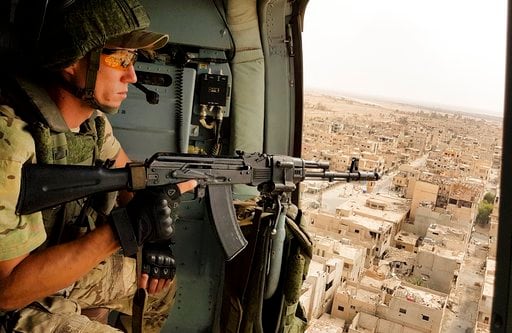
Any aggression against his forces will be reciprocated, Abu Khawla said.
“We are far from them, Daesh is between us,” Abu Khawla told The Associated Press in a voice message from Deir el-Zour, using the Arabic acronym for ISIS. “We didn’t fire a single bullet toward the regime” forces.
The Russian-backed offensive on Deir el-Zour began on Sept. 5, when the Syrian forces breached a nearly 3-year old siege on its troops north of the city. Syrian troops now control roughly 85 percent of the city and expect to gain full control of it in the coming week, Konashenkov said.
A Syrian government offensive late on Wednesday captured two villages on the Euphrates’ western bank, liberating about 16 square kilometers (6 square miles) of land, Konashenkov also said.
RELATED
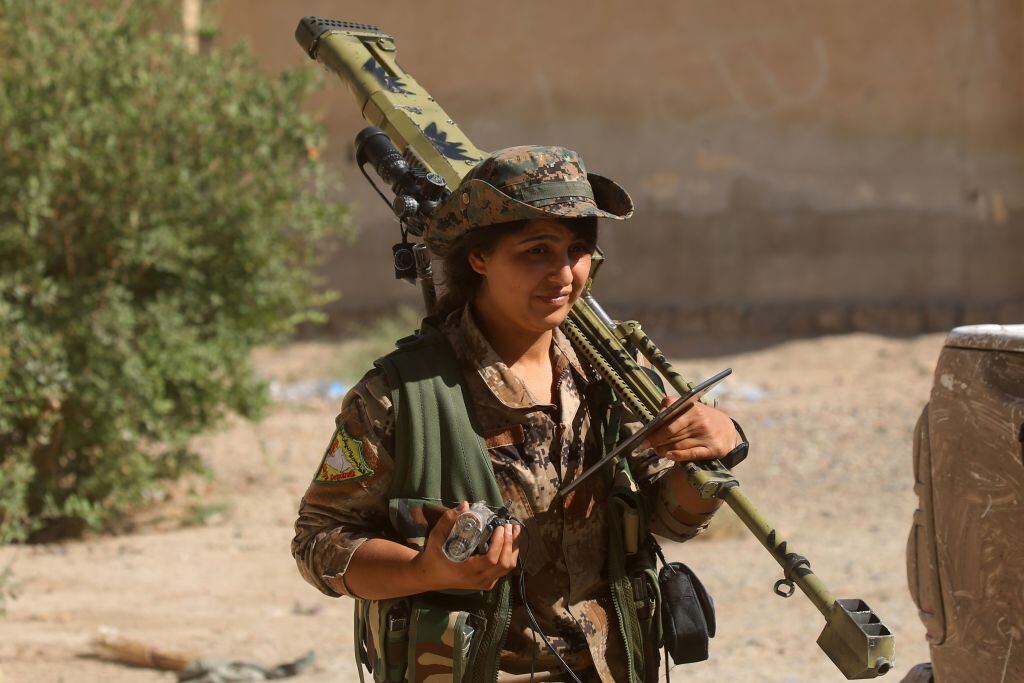
The development comes as the battle for the ISIS stronghold of Raqqa, north of Deir el-Zour, ISIS reaching its final stages four months after the offensive began, according to the SDF.
Fewer than 300 militants remain holed up in Raqqa, which has witnessed an intense bombing campaign, particularly in the last few days, according to the Britain-based Syrian Observatory for Human Rights that monitors the war.
The campaign to take Raqqa began in June in a quick advance after a breach of the wall of the Old City, a major fortification for the militants. But it has since slowed down as the forces faced mounting resistance from the militants.
RELATED
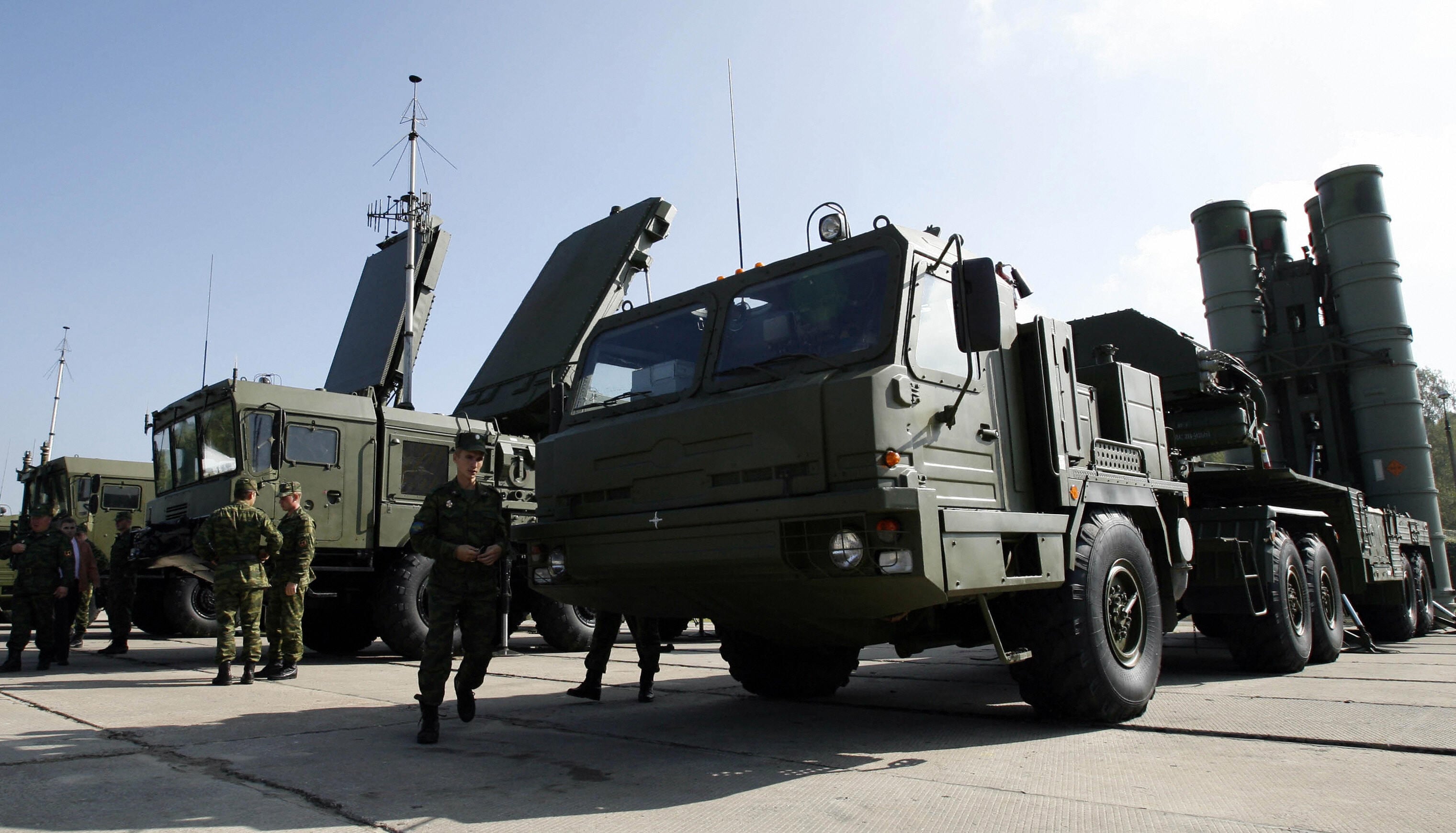
Meanwhile, activists reported an intensive airstrike campaign in western Syria, in the area between Hama and Idlib province, where an al-Qaida-led offensive against government troops began Tuesday.
The opposition-operated Qasioun News Network and the Observatory reported dozens of airstrikes, including barrel bombs, in south Idlib and north Hama.
The Observatory said more than 40 civilians were killed in nearly 500 raids in about 40 towns and villages since Tuesday. The offensive was a test to the Russian-negotiated “de-escalation zone” announced for Idlib last week.
Lt. Gen. Sergei Rudskoi of the Russian military’s General Staff accused the U.S. of initiating the offensive “in order to halt the successfully developing offensive” in Deir el-Zour.
At the launch of the offensive, Rudskoi said, three Russian troops were injured after militants encircled 29 Russian military officers deployed outside of Idlib for several hours. The Russian troops repelled the attack with the help of local tribes, he said.
Associated Press writer Sarah El Deeb in Beirut contributed to this report.

